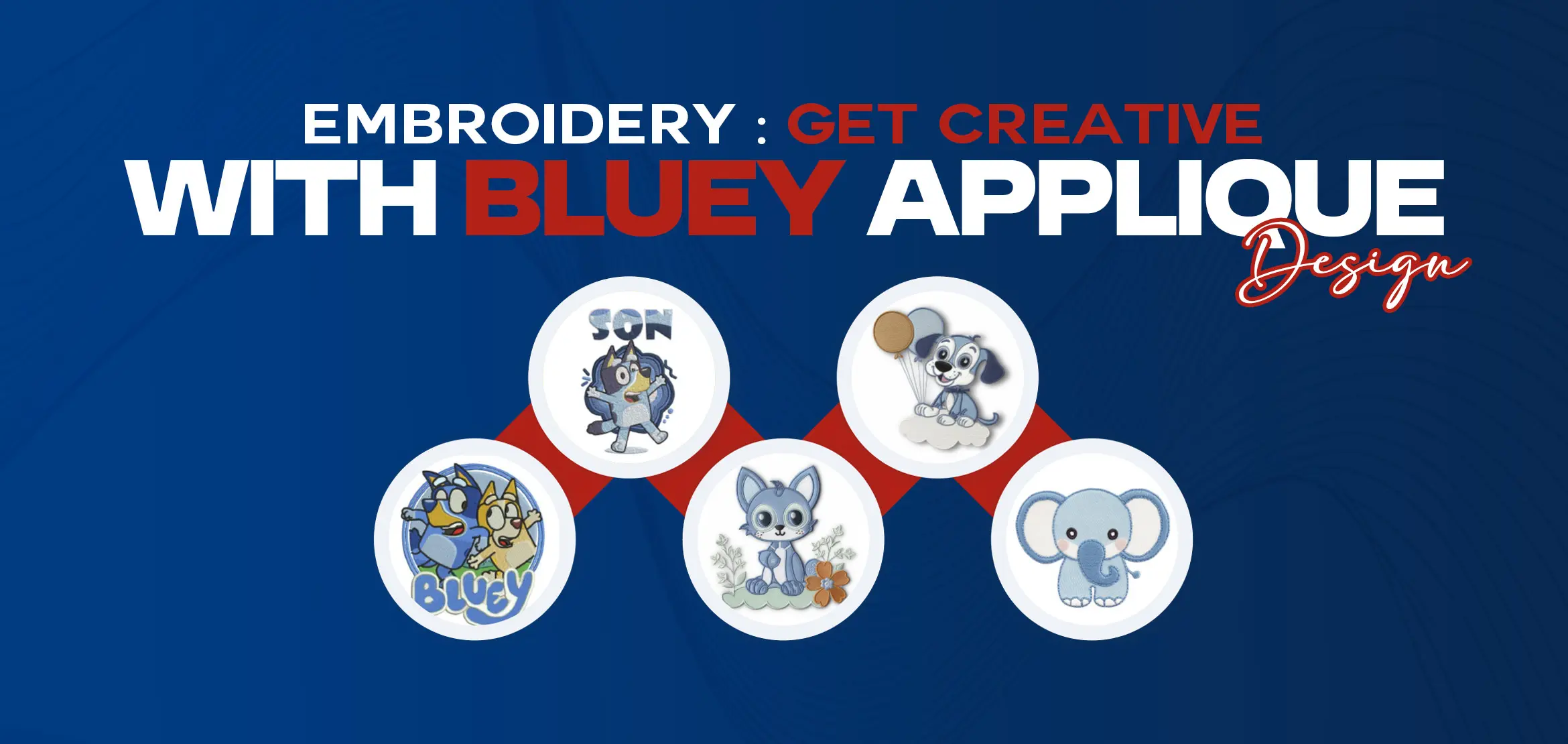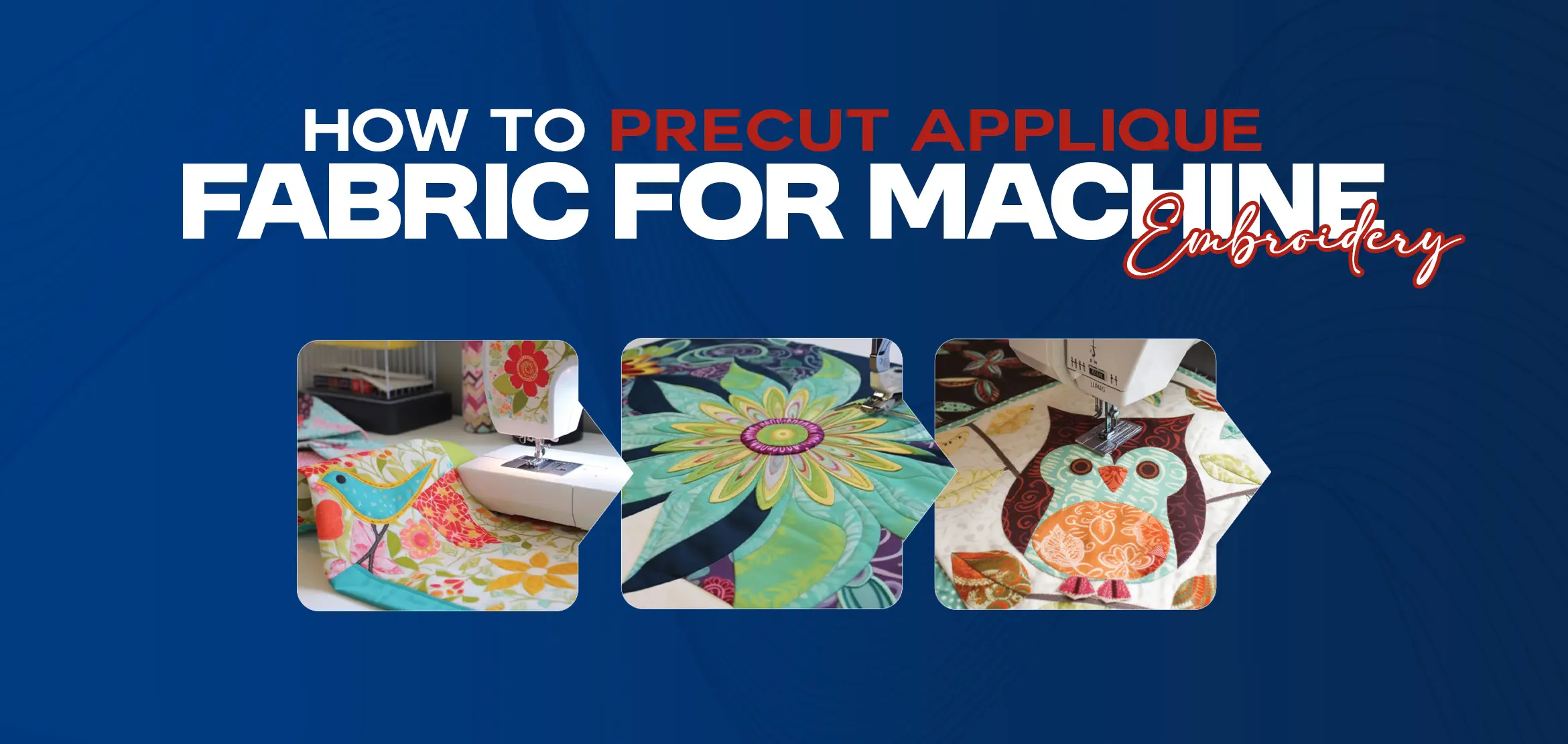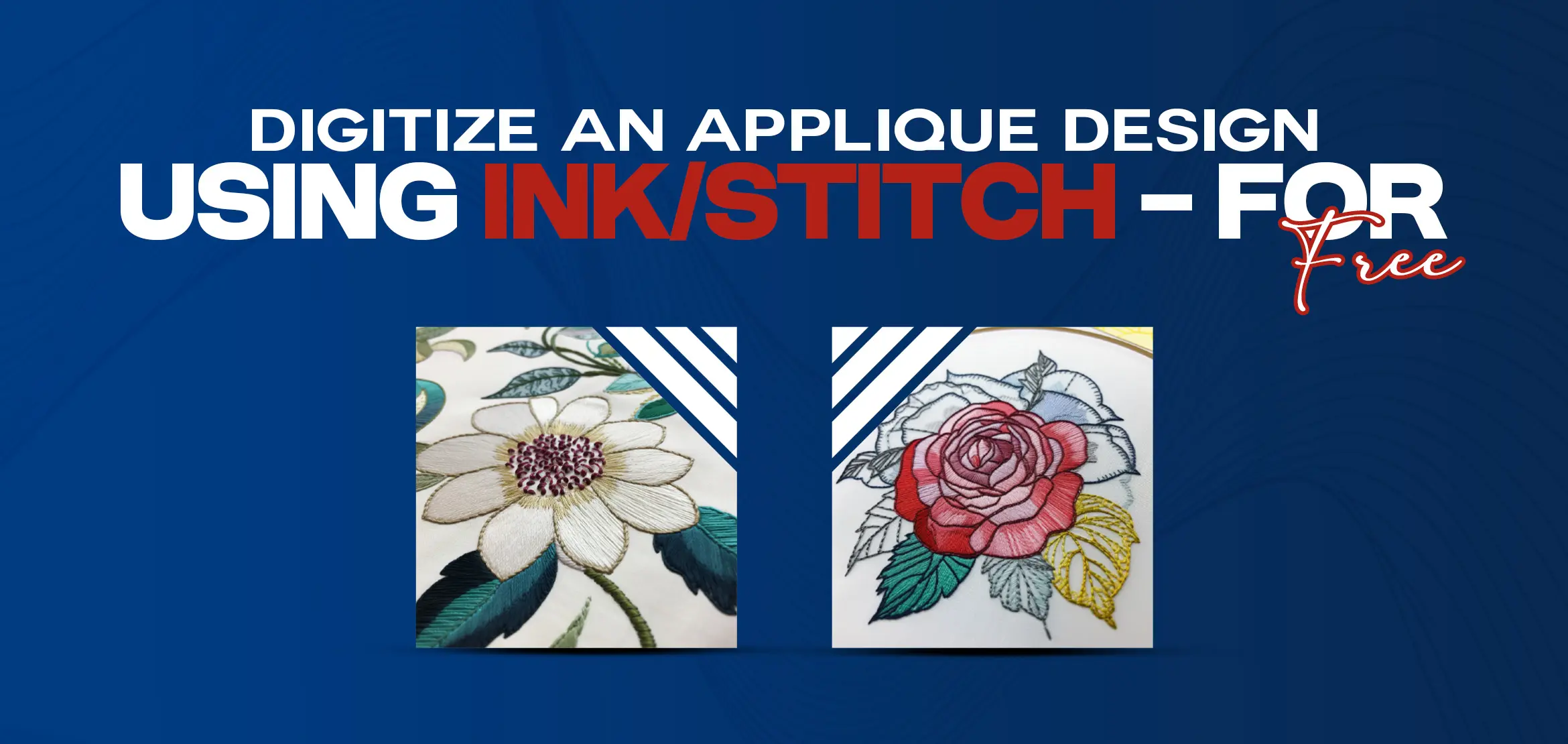
FACTS AND FIGURES ABOUT APPLIQUE DIGITIZING
Table Of Content
Although it is true that appliques are easy to embroider, there are a few things to keep in mind as you work. The foundation of applique embroidery is embroidery digitizing, which is similar to embroidery method. Are you interested in digitizing applique designs? Keep in mind that a digitizer must have the necessary skills to comprehend the requirements of sewing an applique embroidery design when doing applique digitizing. The digitizing process is the first and most crucial step in the manufacturing of embroidery, as with anything else. The secret is in having a clear knowledge of how it will connect to internal production. You are definitely creating embroidery files that are programmed for left chest and cap applications if you are currently digitizing designs with a corporate attitude. It's ironic, but smaller business logos are typically evaluated more closely and require the right densities, details, and contours to be regarded as great work. Importing the image file into the embroidery digitizing program is the first step in digitizing appliqué designs for embroidery. If the imported image is too small, you must raise its size in accordance with the task at hand. You'll need time to trace the image after that. Keep in mind that your computer software includes an appliqué tool for this purpose. Place the anchor points or nodes on the design's outlines in order to trace the image. After closing the nodes, you can change them by dragging and rearranging them such that they resemble actual outlines. When doing this, zoom in closely so that you can see the intricacies and make the necessary edits. Sewing the placement line is one of the key steps in the custom digitization process. For your knowledge, the replacement line that distinguishes the positioning of the applique is represented by a run stitch. After the placement line has been stitched, the machine is purposefully stopped. This halt is necessary so that the cloth can be placed inside the placement stitches by the embroiderer. Next, a piece of cloth is inserted inside the placement stitches once they have been sewn into position. This fabric's dimensions and form should be close to the placement line. Keep in mind that the tacking stitches' color will differ from the placement stitches' color. To construct and make it possible for the embroiderer to place the fabric is the main motivation behind this. One of the most important things to remember when digitizing is that you don't need as much underlay for these large designs within your fill and column stitches; in fact, if you digitize these logos with the same values as you digitize left chest designs, you'll find that you can add thousands of pointless stitches. Because these motifs are so enormous and the appliqué fabric is so stable, you can also slightly reduce the density of your stitch types because employing too much density would actually work against you by encouraging movement. In order to encourage neat lines with corporate logos, I always try to outline my fill regions with column stitches; however, this step is occasionally skipped to keep the stitch count down. Moving on to learn more about digitizing applique designs, bordering satin is the next crucial stitch. After the placement and tacking stitches, this stitch occupies the third crucial position. You should be aware that although satin stitches are only cosmetic, tacking stitches will give you a lot of stability. With this in mind, their use is intended to beautify and emphasize the edges of your fabric. You can even modify them to blanket or theme stitches if you want to achieve greater aesthetic appeal. The process for digitizing the applique design should now be clear to you. Additionally, you should get in touch with Digitizing USA if you want expert assistance with embroidery digitizing. You will pay a reasonable fee for the greatest servicesBOTTOM LINE






